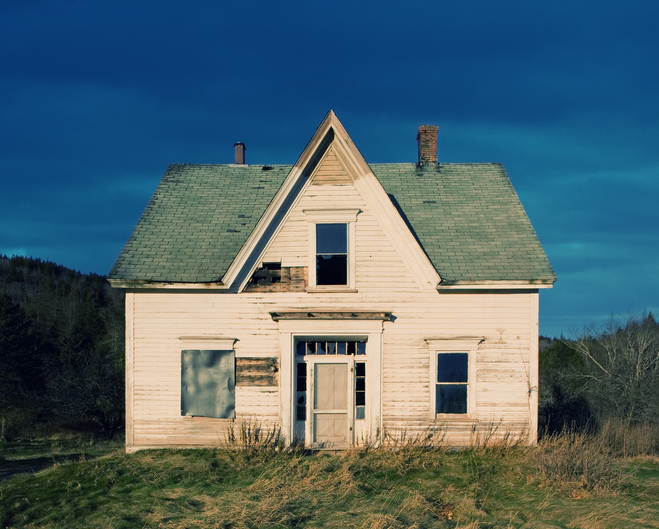PAR presented testimony before a House Democratic Policy Committee hearing in support of Senate Bill 289, which addresses sewer maintenance issue for municipalities, in Montgomery County yesterday with approximately 50 people in attendance.
PAR Legislative Committee Chair and Treasurer Bill McFalls appeared on one of three panels discussing the impact that aging sewer infrastructures are causing in communities throughout the commonwealth. Senate Bill 289 proposes an effective solution for an overwhelming problem for many of our municipalities.
Rep. Steve McCarter (D-Montgomery) noted at the beginning of the hearing that a report by the American Society of Civil Engineers says that Pennsylvania has one of the greatest amount of sewage overflows in the country. The same study stated that between 2016 and 2025, households will see a loss of $3,400 each due to aging infrastructure in the country.
“PAR supports Senate Bill 289 because it would provide a financial solution for both municipalities and homeowners, creating a public funding mechanism to reduce an individual homeowner’s responsibility for costly and unaffordable repairs,” McFalls told the committee. “The use of public funding to repair private sewer lateral infrastructure is an innovative approach that could benefit individual property owners, potential homebuyers and entire communities.”
The Pennsylvania Department of Environmental Protection and the U.S. Environmental Protection Agency have increased their enforcement of the federal Clean Water Act putting pressure on boroughs and townships to repair/and or replace aging sewer infrastructure.
Many municipalities have implemented inspections of their own sewer infrastructure, as well as the private lateral lines that feed into their systems. The most common practice has been to inspect only during the time of a real estate transaction.
“While Realtors® understand the need for inspecting private sewer laterals to insure they are not allowing inflow and infiltration into the system, we are very concerned that the potential ‘return’ on this type of point-of-sale inspection is far too limited to justify the serious issues they can create,” McFalls explained.
At the rate properties are sold in most municipalities, it could take 40 to 50 years to inspect every private lateral connection. If correcting inflow and infiltration is a serious problem, waiting decades to address the issue is certainly not a credible response. When these inspections occur at point-of-sale, they often create financial hardships for sellers. Replacement of sewer laterals can range anywhere between several thousand to well over $10,000.
“In instances where homeowners can’t afford the repair, a home can become virtually unsellable,” McFalls told members of the committee. “This problem becomes even more serious when a family facing a short-sale or foreclosure is involved. As a result, communities could see an increase in blighted properties when those facing these financial hardships are unable to afford the repairs.”
Others presenting testimony included: Dr. Robert Traver, civil and environmental engineering professor from Villanova University; Doug Farquhar, environmental health program director with the National Conference of State Legislatures; Cosmo Servidio, southeast regional director of PA Department of Environmental Protection; Bryan Havir, Cheltenham Township manager; David Katz, deputy water commissioner of the Philadelphia Water Department; Rachel Reyna, chief of rural and community forestry in Bureau of Forestry, Pennsylvania Department of Conservation and Natural Resources and John Rogers, principal, Keystone Conservation Trust.
Topics
Member Discussion
Recent Articles
-
Nearly 6.5 Million Homes Classified as Inadequate in 2023
- April 4, 2025
- 2 min. read
In 2023, 6.45 million homes, equivalent to about 5% of the U.S. housing stock, were classified as inadequate. Of those, 1.65 million were severely inadequate.
-
Bucks County Realtors® Teach High School Students About Real Estate
- April 3, 2025
- 2 min. read
“By investing in education and mentoring young minds, we help shape the future of our industry and ensure that the next generation is well-prepared for success,” said BCAR President Frank Blumenthal.
-
Amy Benzinger, GHAR Realtor®, Makes NAR 30 Under 30 Finalists
- April 2, 2025
- 2 min. read
“Real estate means more to me than a career. I am passionate about helping others, building relationships and creating lifelong memories,” Benzinger shares.
Daily Emails
You’ll be the first to know about real estate trends and various legal happenings. Stay up-to-date by subscribing to JustListed.



